How to paint a wall - design professionals explain how to get it exactly right
If you know how to paint a wall then the world of decor overhauls is yours for the taking. Learn from the experts to do it right
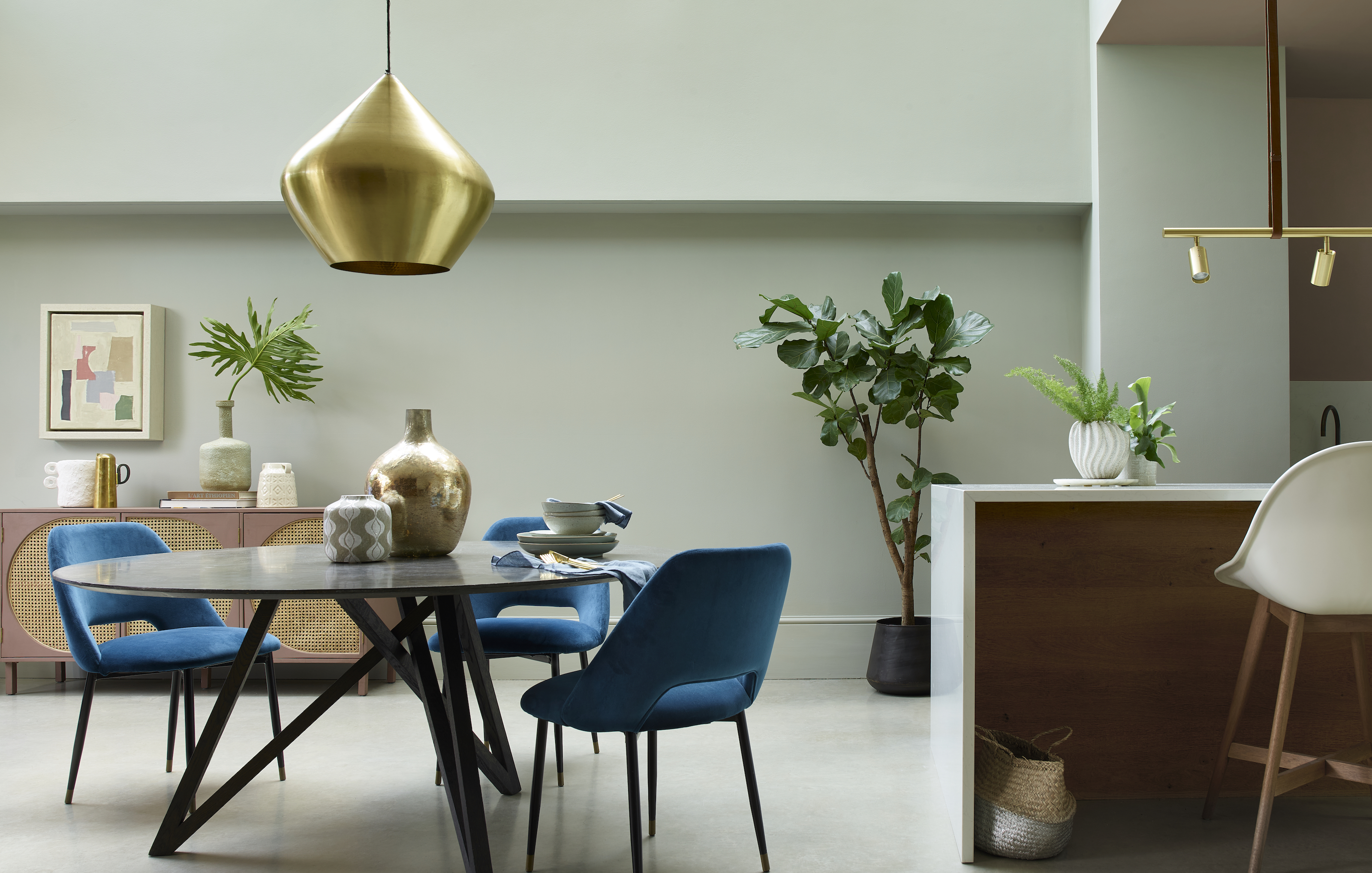
Learning how to paint a wall provides the chance to freshen your space in as little as a weekend. It also offers the satisfaction of a job well done and some saved cash. Assuming it's done right of course.
Choosing your favourite paint ideas is the fun part but the rest isn't too difficult, we promise. By following these expert steps you can achieve a stylish scheme yourself.
'Changing the color of your walls can completely refresh your home and can easily be done yourself instead of calling in a professional,' says Natasha Bradley, head color specialist at Lick.
And this can definitely be a weekend project. 'Two days maximum is all it should take to repaint the walls in a room,' says Patrick O’Donnell, paint expert, Farrow & Ball.
So that should give you the confidence, now lets give you the skills.
HOW TO PAINT A WALL
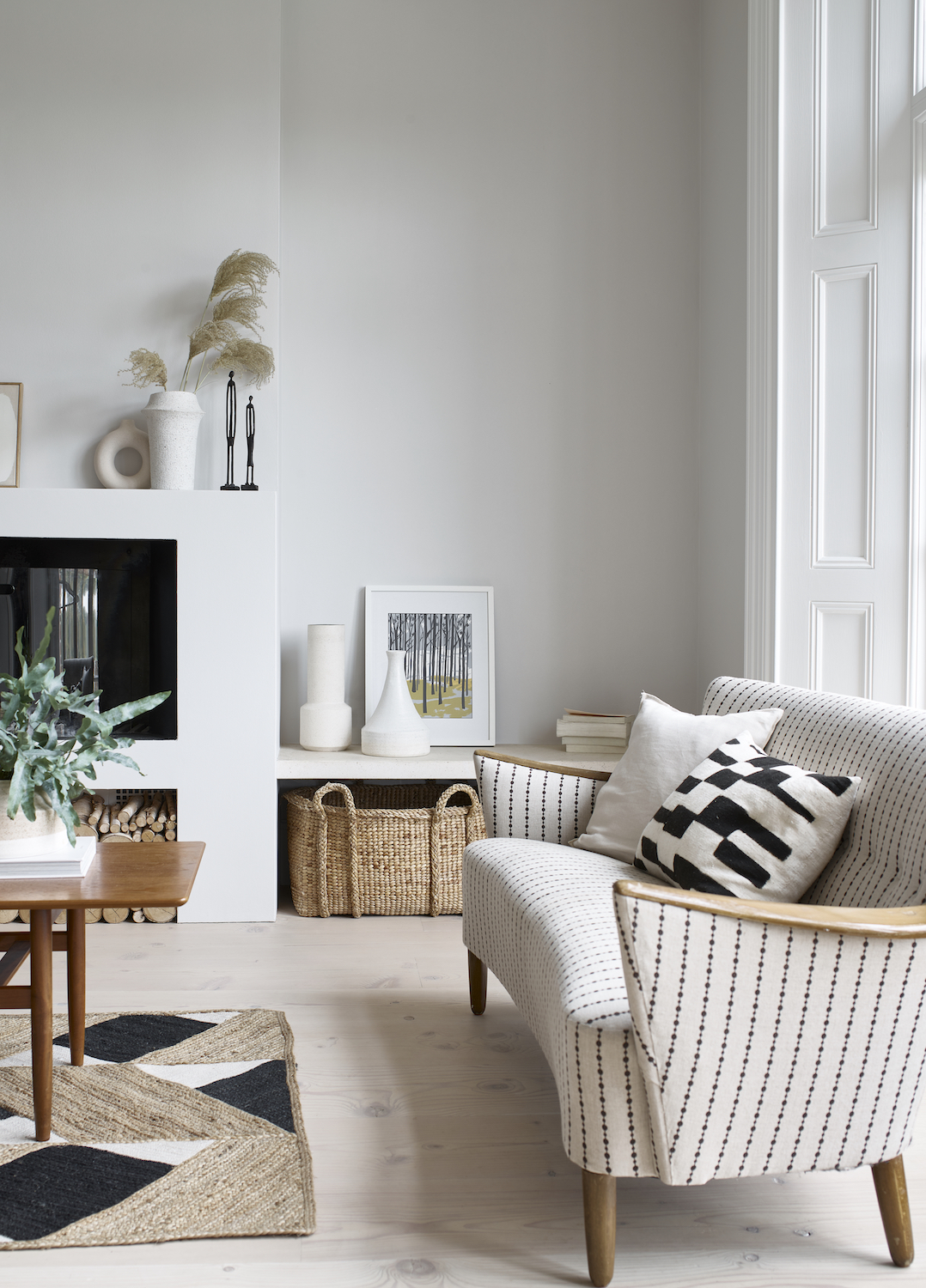
1. BEFORE YOU BEGIN
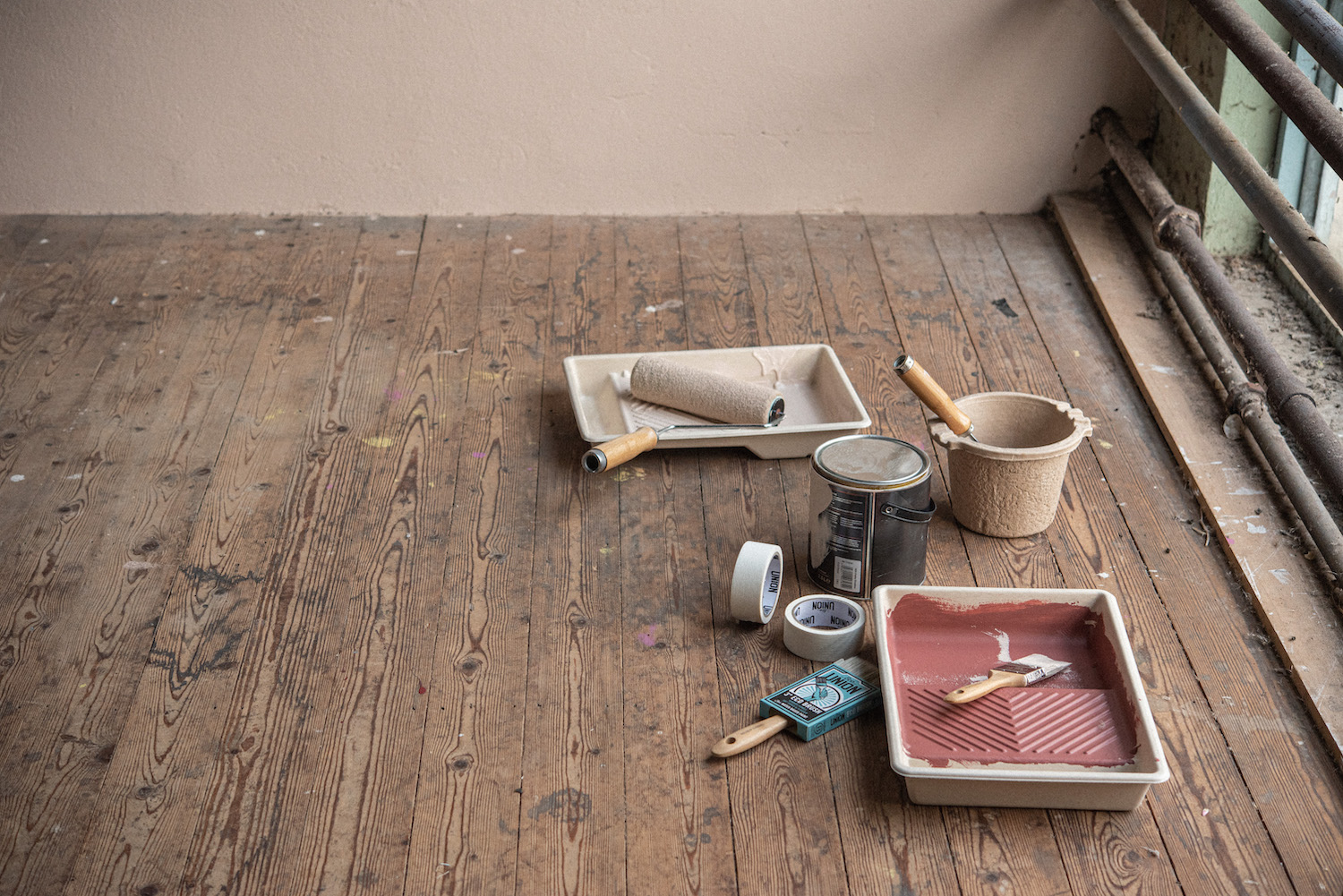
Before you begin wondering how to paint a room, take the time to prepare. It's essential each wall you plan to paint is prepped thoroughly. It's the key to a professional finish - so make sure you have the essential decorators kit.
'The basic list is a step ladder, a roller, a small 2-inch brush for cutting in around woodwork, dust sheets, a paint kettle and roller tray,' says Patrick O’Donnell, paint expert at Farrow & Ball. 'You're also likely to need fine sandpaper, and a small roller if having to paint behind a radiator, plus a cloth and water for cleaning surfaces.'
The Livingetc newsletters are your inside source for what’s shaping interiors now - and what’s next. Discover trend forecasts, smart style ideas, and curated shopping inspiration that brings design to life. Subscribe today and stay ahead of the curve.
2. THE PREPARATION
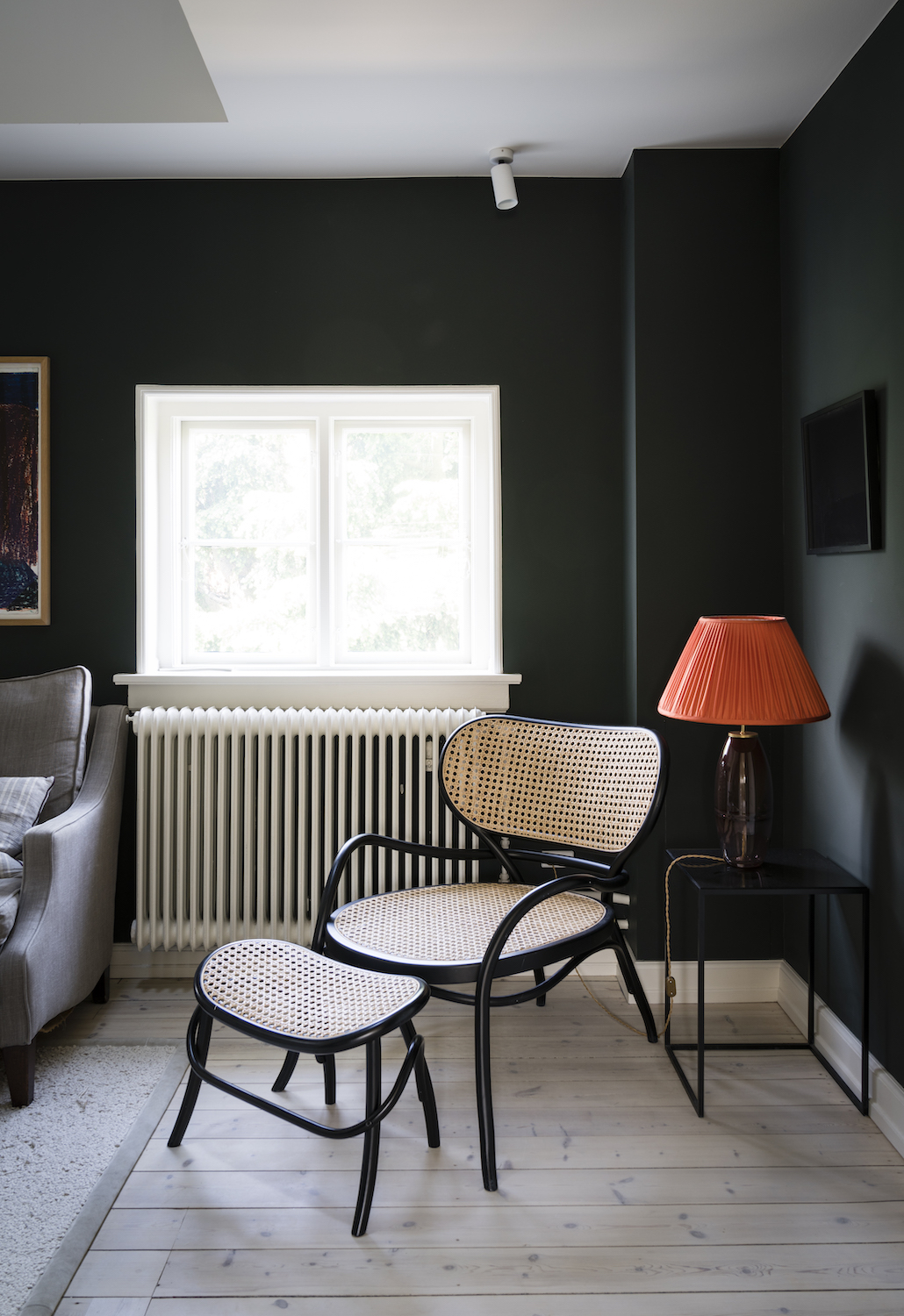
If you just want to add color to one or more walls, it may not be necessary to know how to paint a whole room. However, most of the steps will be similar even if you're leaving out the ceiling and woodwork.
'Don’t skip the prep,' says Natasha Bradley, head color specialist at Lick. 'Move furniture out of the way and cover anything left in the room including the floor with newspaper and protective dust sheets. Then it’s onto sanding down any bumps, filling holes and ensuring any grease or dust is wiped away.'
'It's important to wipe down walls prior to painting,' adds Annie Sloan, color and paint expert. 'Use masking or painters’ tape to protect skirtings, light switches and windowsills. Don’t try and do too much in one day. Although, if you do want a quick turnaround get up early and start painting first thing in the morning.'
'Essentially the more preparation done at the start, the better your paint will look and the longer it will last,' says Patrick O’Donnell, paint expert, Farrow & Ball.
3. START WITH THE EDGES
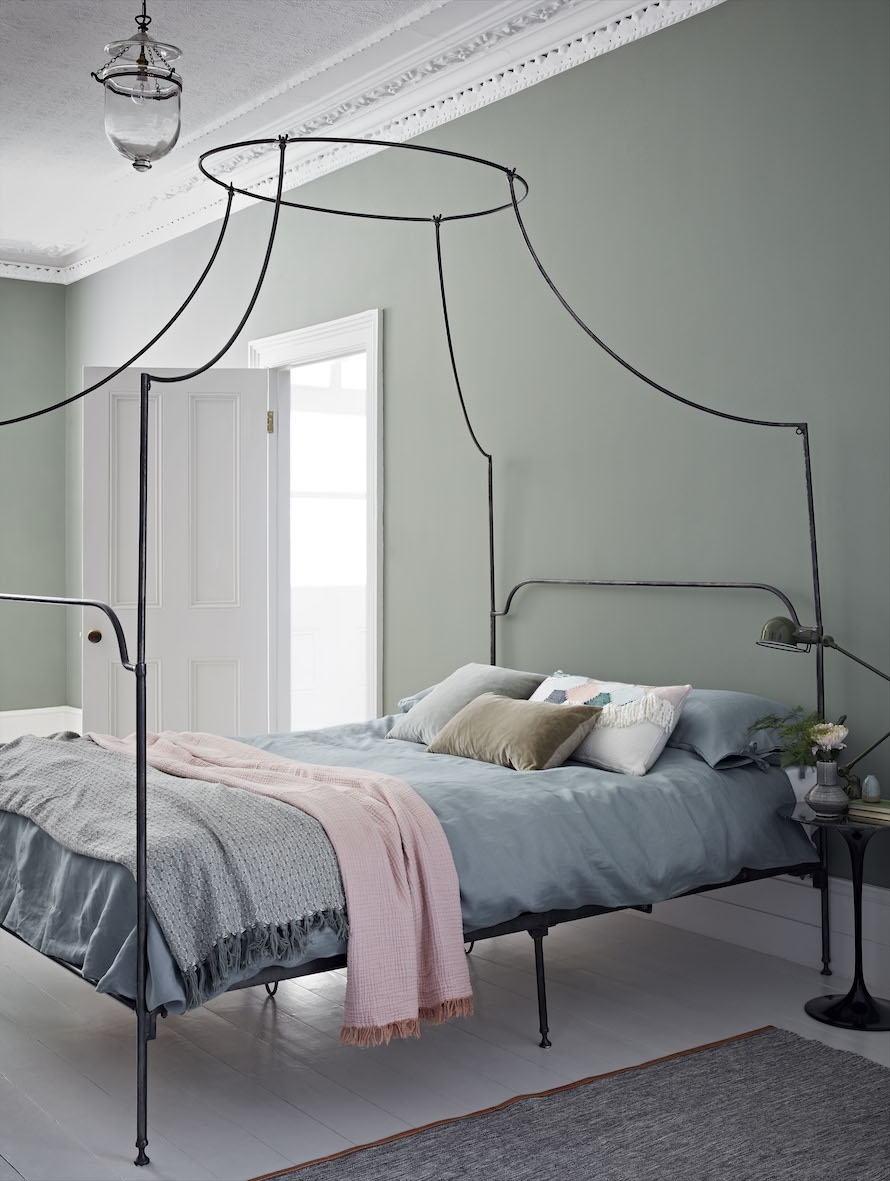
When decorating a room, the ceiling should be painted first. If it's in good condition and you just want to update the wall color, it may not be necessary to repaint it. However, even if you're only painting the walls you'll want to prevent the ceiling from being splashed with paint.
'You won’t need to protect the ceiling as such, as your cutting in work will do that job for you,' says Rated People Decorator, Alin Bonciu of A Painter Near You.
'"Cutting in" is the term for the edges, where you transition from one color and area to another,' explains Patrick O'Donnell, paint expert, Farrow & Ball. 'It's less of an issue if you're using one color all over the room.'
'When cutting in the edges and corners use a good quality 2” brush,' says Marianne Shillingford, creative director, Dulux. 'If you're not confident about cutting in, use good quality decorators low tack masking tape to get a clean line between the ceiling or woodwork and wall colors. Then fill in with a roller on an extension pole, it'll make it much quicker and easier too.'
- See our guide to paint color inspiration
4. EMULSIONING WALLS

'If you're painting onto fresh plaster or going from a light color to dark or vice versa, start with a mist coat of watered down emulsion, then two top coats,' says Patrick O'Donnell, paint expert, Farrow & Ball. 'If you're painting over a light color with another light shade, you should be good with two top coats.
Drying time varies from manufacturer to manufacturer but we suggest around two hours between coats for our emulsion and four hours for our eggshell finishes, but environmental conditions can affect this.
Ventilate the room as much as possible depending on the season. Woodwork especially requires ventilation to dry and cure properly. If the atmosphere is too moist or too cold, this will slow down the drying process.'
5. PAINTING DIFFERENT SURFACES
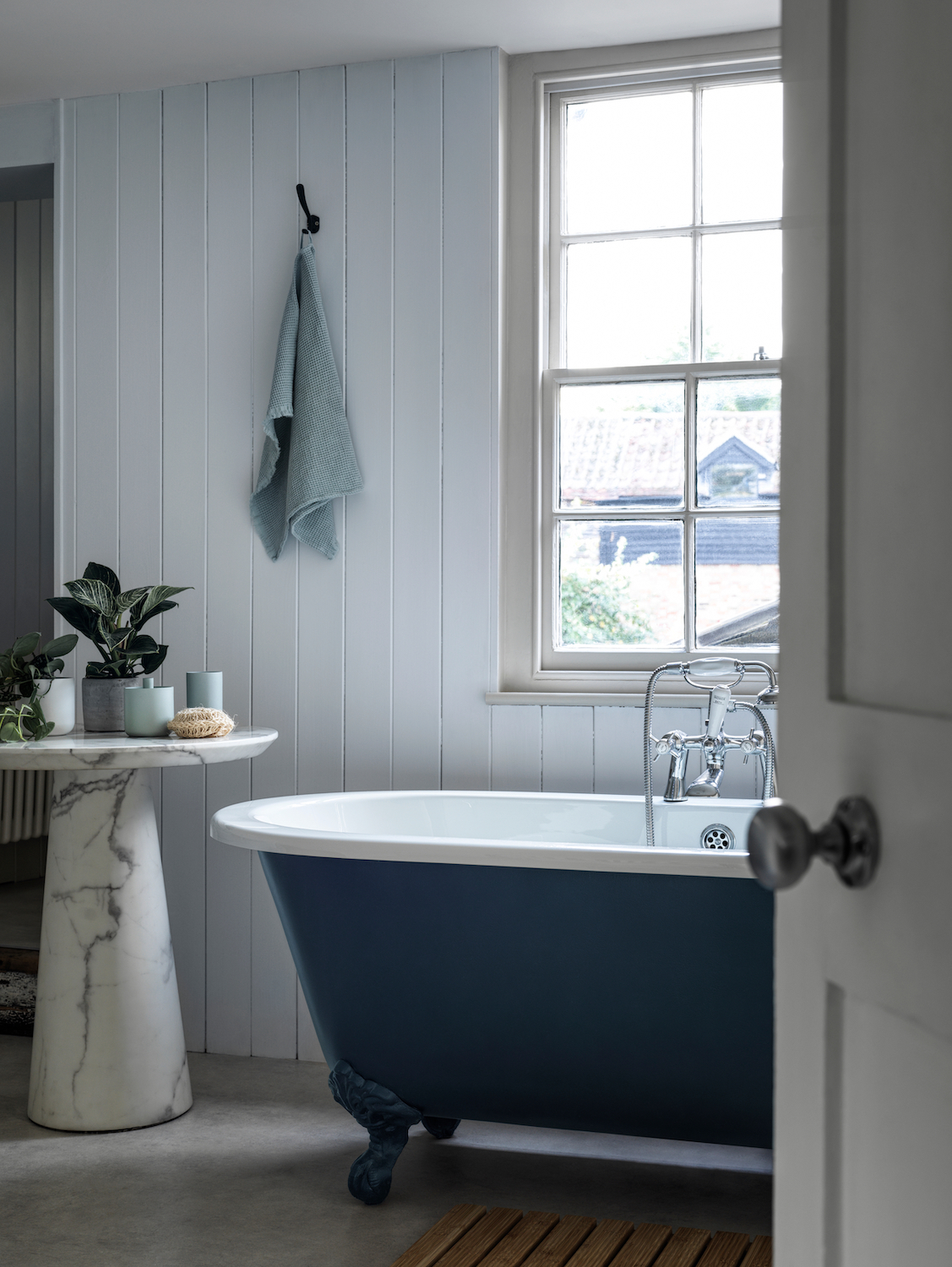
If you're painting timber cladding rather than a plastered wall, you'll need to use different paint.
'It's best to use eggshell for woodwork,' says Rated People Decorator, Alin Bonciu of A Painter Near You. 'If you use emulsion, after six to eight months the paint might peel off but eggshell should last for five or six years.
With any brickwork, use masonry paints – the formula can go straight onto brickwork and make sure you use a masonry brush, not a normal paint brush as that would take much longer.'
6. CREATING TWO TONE WALLS
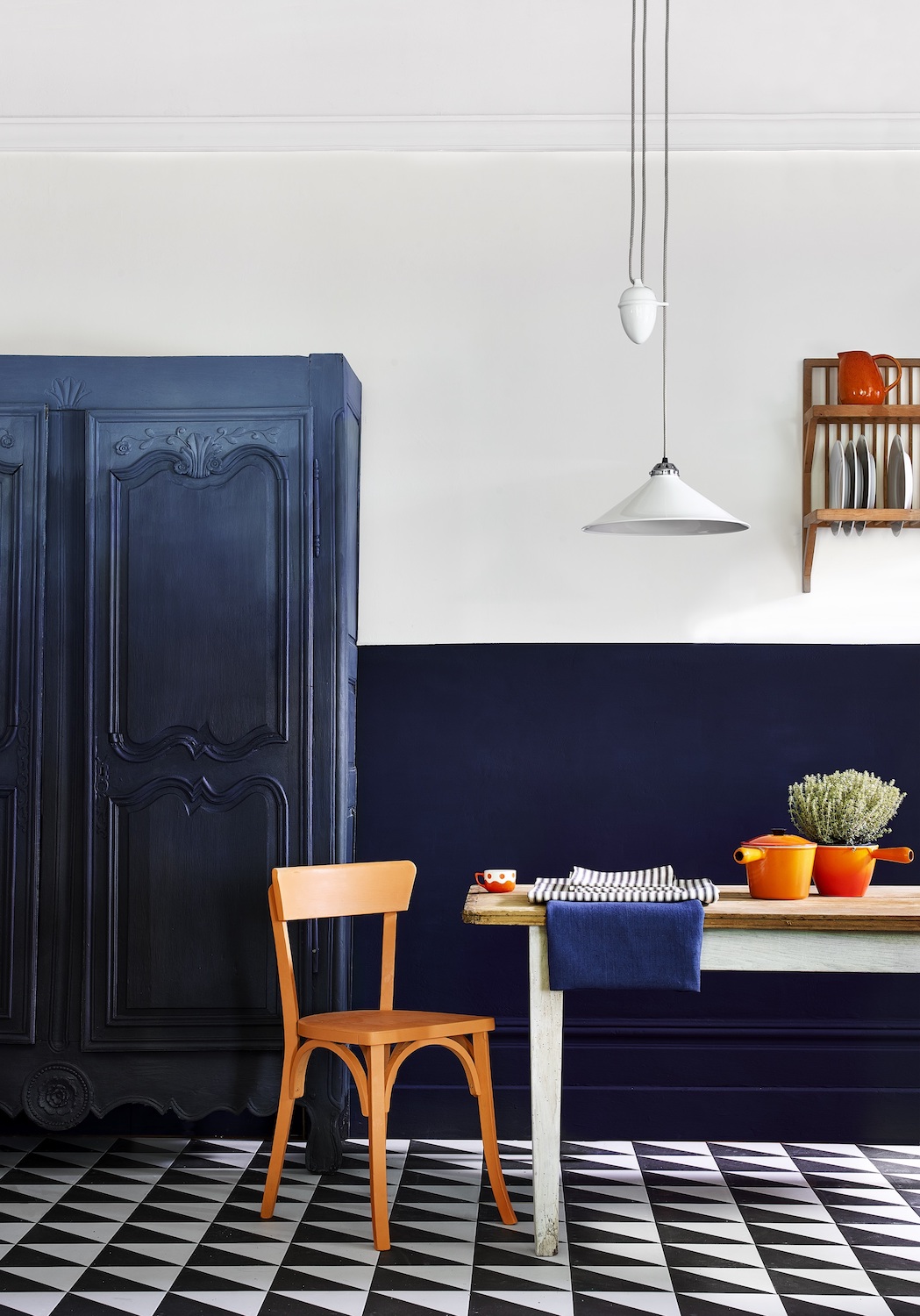
Two tone walls are a big interiors trend and it's easy to see why. We've seen an increase in people wanting to know how to paint stripes on a wall. This simple paint style is highly effective at adding a sense of design to a room.
'It’s best to use darker color below to avoid the sensation that the room is looming over you,' says Annie Sloan, colour and paint expert. 'To achieve the look, measure the divide meticulously and use masking or painters’ tape for crisp lines.'
Taking care doesn't have to be expensive. 'I’m a big believer in the professional effect you can achieve with tape,' Annie says. 'It’s also very satisfying to remove afterwards – just be sure to do so before the paint fully dries to avoid cracking and flaking. Another key tip is not to overload your brush or roller. This will minimise spotting. Paint the top half first and allow to dry fully between retaping and switching colours.'
You can buy Frog Tape - the best on the market - here.
7. PAINTING WALLS AND SKIRTING THE SAME SHADE
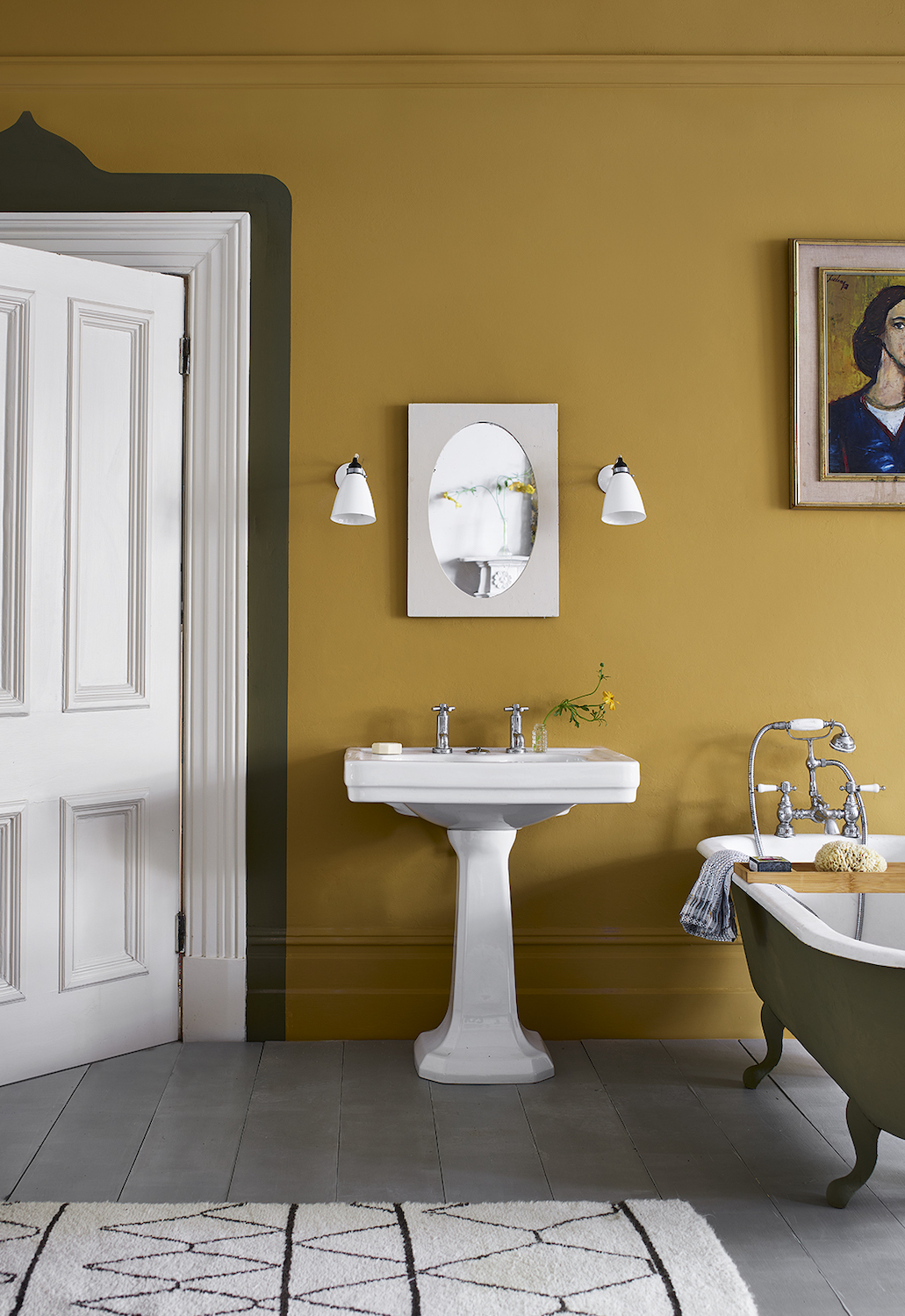
'This is a beautiful, elegant look and a good technique if your room is small as you are creating little contrast to draw the eye,' says Patrick O'Donnell, paint expert, Farrow & Ball. 'Paint the woodwork first in your chosen eggshell color and finish, then when dry, apply emulsion to the wall in the same shade.'
Annie Sloan, color and paint expert adds, 'I would always recommend using a different type of paint for skirtings and architraves, even if you want them the same colour as the walls. These areas see more action than walls themselves and require a stronger paint. Something with a slight sheen will give greater protection.'
WHAT IS THE FIRST THING YOU DO BEFORE PAINTING A WALL?
The first thing to do when wondering how to paint a wall is to minimize accidents and damage to furniture and fittings. This is done by clearing surfaces, boxing things up and taking as much out of the room as possible.
'If necessary, move furniture to the middle of the room and protect it with plastic sheets,' says Alin Bonciu of A Painter Near You. 'Protect the lights, sockets and skirting and radiators too. Put dust sheets down on the floor and then do any filling and sanding required. Wipe the wall down, touch up any repairs and check to see if you need to do any more filling after that. Once you’re happy that your repair work and touch-ups are done and the surface is good, you can move onto your two coats of paint.'
WHEN PAINTING A WALL WHERE DO YOU START?
Once the walls are prepped, start with the cutting in. This is where you paint the edges of the wall next to the ceiling, doorways and skirting boards. Use a 2" paint brush and paint out from the edges by around 3".
We particuarly like this 2 inch paintbrush here.
And we like this 3 inch paintbrush here.
'Painting can be stress-free once you've prepped your walls,' says Natasha Bradley, head color specialist at Lick. 'Start by using a paintbrush to tackle the edges and corners. Then it’s time to go in with your roller and paint a “W” or “M” motion for even distribution.
Leave the first coat to dry for a couple of hours before you apply another coat. Most walls only need these two coats. Give your refreshed walls at least 24 hours to dry before moving furniture back in to the room.'
CAN I JUST PAINT OVER OLD PAINT?
Yes, you can paint over old paint, but wipe down the walls first, so they are clean and smooth. Unless you're going from a dark color to a light color, or from a very pale shade to dark, it should generally take just two coats of emulsion.
That said, if the walls are cracked at all, they will need a little prep. ‘The smoother the surface you’re painting, the better,’ says Little Greene’s Ruth Mottershead. ‘If the room is already painted, scrapers are a must for prepping – use the point to pick out loose paint and cracked plaster, and the flat top to scrape loose paint.’
If the wall hasn’t been painted before, you’ll need to prepare the surface pre-painting, depending on what it’s composed of.
How much paint do you need to paint a wall?
The way to know how much paint you'll need for a wall - and then a room - is fairly straightforward.
Simply measure the height and width of your walls and then multiply together. Measure the windows and doors then subtract this from your overall square footage. Finally, take your total number and divide it by the foot squared per litre on your paint tin,’ explains Farrow & Ball’s Joa Studholme. ‘Don’t forget you’re measuring for two coats.’
Jacky Parker is a freelance lifestyle journalist and writer, producing a wide range of features for magazines and digital platforms. She has written for Livingetc and its sister titles, Homes & Gardens and Country Homes & Interiors for more than 15 years, both as a freelance contributor and as Acting Digital Editor and Acting Style Content Editor, regularly reporting on the latest interiors, gardens and wellness inspiration, speaking to experts in their respective fields, and discovering the best tips.
Jacky has also written for other publications, including Sunday Times Style, The Telegraph, Architectural Digest, House Beautiful, ELLE Decoration, Red, Grand Designs and more.